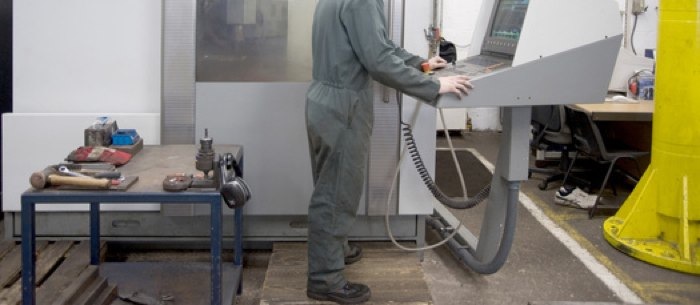Believe it or not, there is at least one thing that the last five Presidential Administrations have unilaterally supported, and we can feel quite certain the next will as well.
There is a little known tax credit that is part of Section 41 of the Internal Revenue Code, allowing manufacturers to reclaim a small portion of their annual payroll simply by performing activities manufacturing companies are already doing as part of daily operations.
This credit may be the only thing both sides of the aisle can actually agree on. It has bipartisan support in both houses, backing of the Obama Administration, and has been renewed by every single Presidential Administration over the last 32 years. How can there be such a disconnect between what may be the only thing the last five presidencies have in common?
A lot of the confusion is in the name. Many manufacturers don’t believe they do “R&D” because they don’t have a traditional R&D department. The IRS definition of R&D is quite different than yours or mine. It often includes activities such as:
- Manufacturing
- Fabrication
- Engineering
- New Product & Process Development
- Developing New Concepts or Technologies
- Design – Layout, Schematics, AutoCAD
- Prototyping or Modeling
- Testing / Quality Assurance: ISA 900X, UL, Sigma Six, etc.
- Integration of new machinery (CNC, SLA, SLE, etc.) into existing processing
- Software Development or Improvement
- Automating or Streamlining Internal Processes
- Developing Tools, Molds, Dies
- Developing or Applying for Patents
Just to name a few…….
Only the folks in Washington DC could take unilateral support and turn it into unilateral confusion.
Since 2004 Growth Management Group has been educating and assisting Manufacturers and other Commercial Property Owners on their rights to programs buried deep within the tax code. To date we’ve assisted small and mid sized companies discover over $300M in benefit. Contact us for a comprehensive review.





